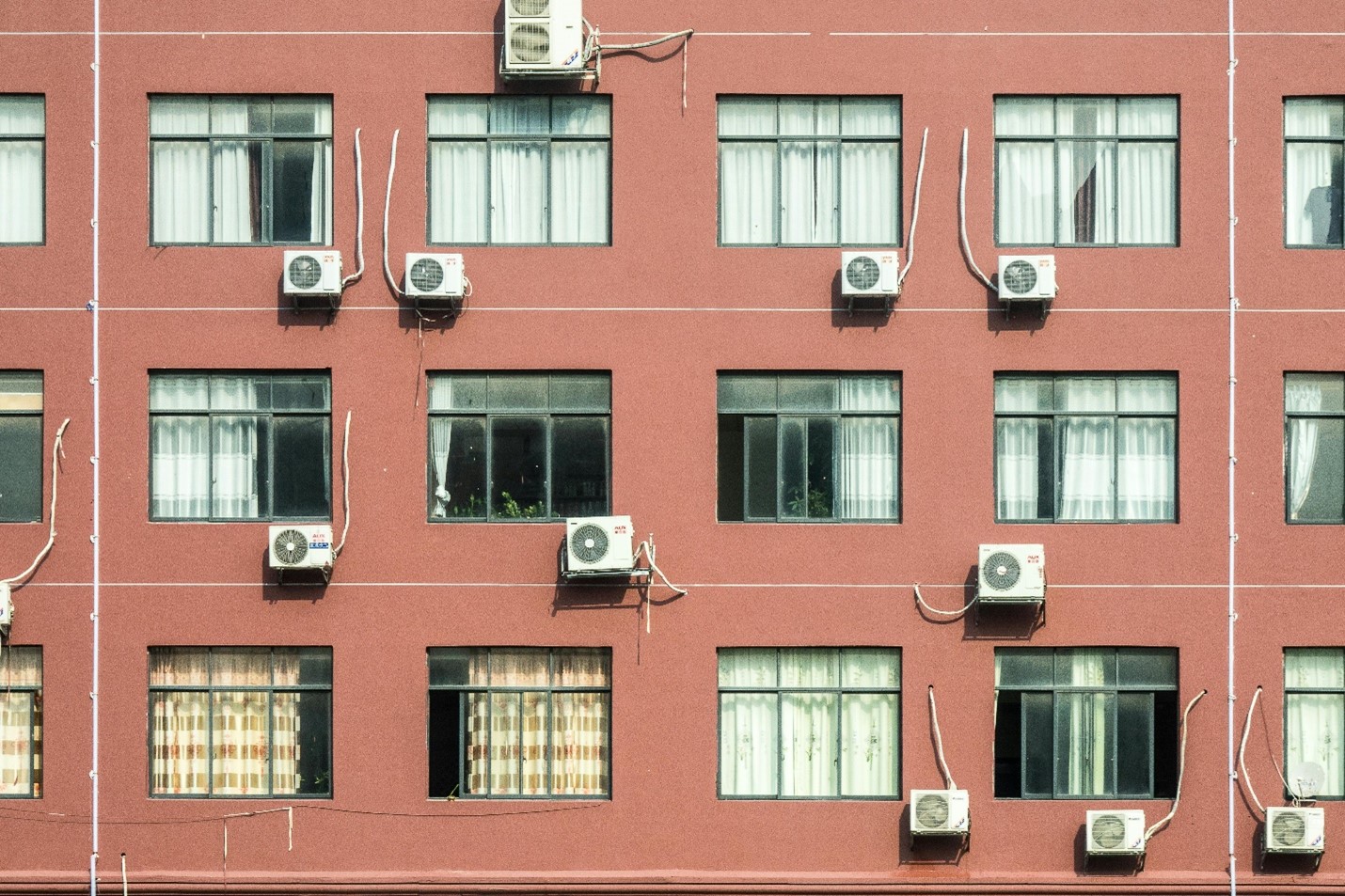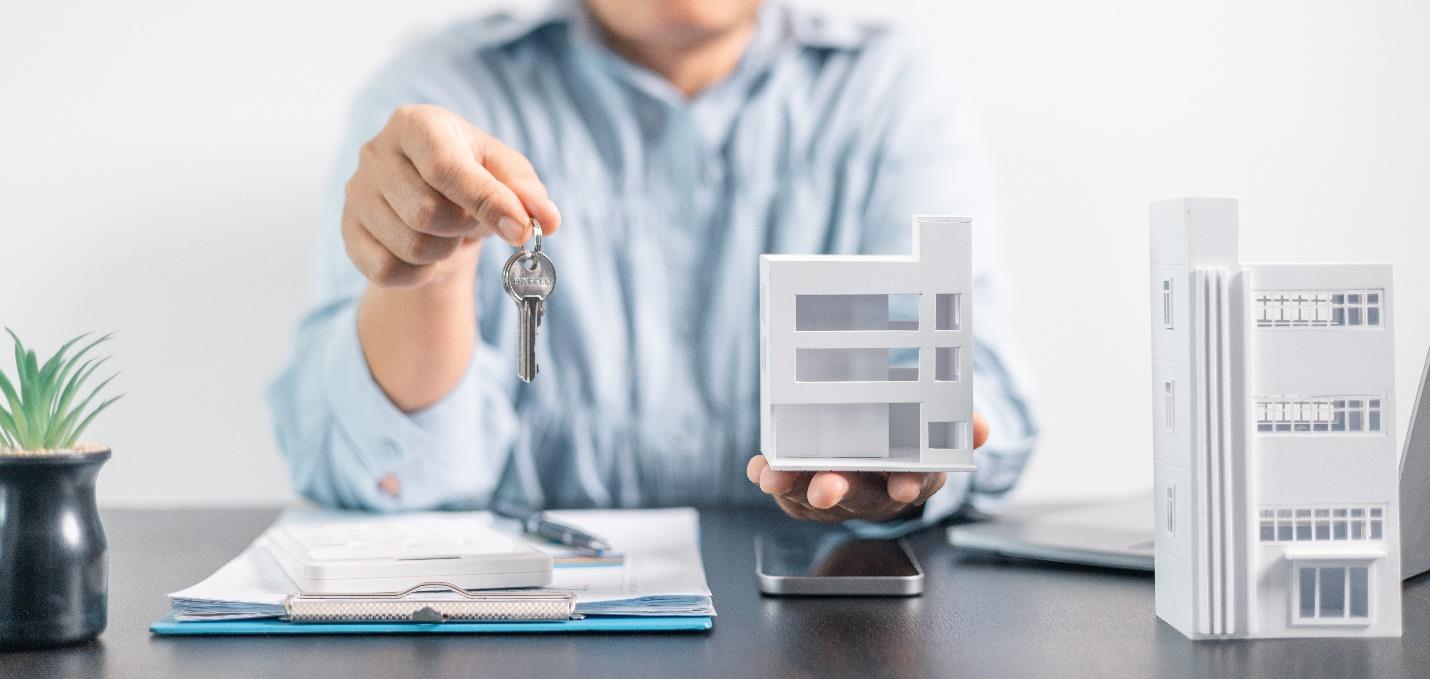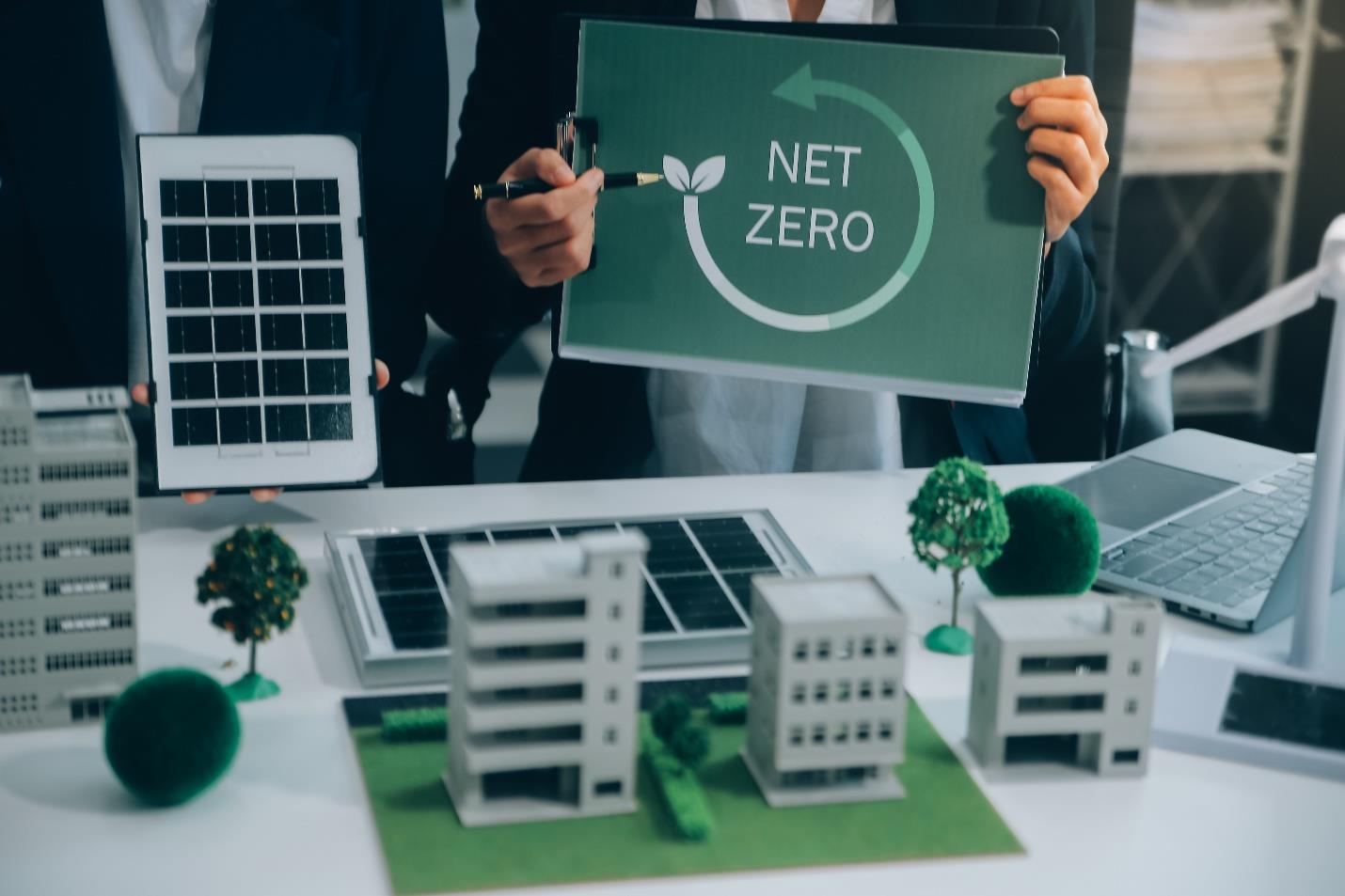
Image from Mike van Shoondervalt
Significant incentives encourage the installation of energy-efficient heating and air conditioning systems. You must know what works for you and how to get your share of NY HVAC incentives.
New York’s older buildings have various HVAC systems. Multiple repairs have kept these heritage systems running, but they are reaching the end of their sustainability. Owners and managers face challenges mandated in LL95.
Compliance is a significant expense, but you can offset those costs by the significant incentives the state, city, and major utility providers offer. You can install energy-efficient heating and air conditioning systems if you know what works for you and how to get your share of HVAC incentives.
What’s the problem?
LL95 requires building owners to install HVAC systems that meet higher SEER2, EER2, and HSPF2 ratings. When replacing or installing new HVAC systems, they must choose more energy-efficient models than those previously allowed.
- The Department of Energy (DOE) established minimum SEER2 standards in January 1, 2023. SEER2 (Seasonal Energy Efficiency Ratio 2) measures the cooling efficiency of air conditioners and heat pumps in the United States.
- The DOE set EER2 standards on January 1, 2023, varying by region and equipment type. While SEER2 measures efficiency over an entire cooling season with varying temperatures, EER2 specifically focuses on efficiency during peak cooling conditions, when the system is working its hardest.
- The DOE set new minimum HSPF2 (Heating Seasonal Performance Factor 2) standards effective on the same date. HSPF2 focuses on the heating efficiency of heat pumps, which are increasingly popular as they can both heat and cool.
More efficient HVAC systems will cost more upfront than less efficient models. Although the initial cost may be higher, the increased energy efficiency of these new systems can lead to significant long-term energy savings. Reduced energy consumption translates to lower utility bills, potentially offsetting the higher upfront cost over time.
The improved energy efficiency of HVAC systems under LL95 contributes to reduced greenhouse gas emissions and a smaller environmental footprint. Building owners can benefit from positive PR and potential benefits associated with environmentally conscious practices. Non-compliance invites fines and negative energy ratings.
What’s available?
Individual homeowners, commercial building owners, and multi-family residences can benefit from various rebates and incentives.
- The federal Inflation Reduction Act (IRA) pumped billions into funding clean energy and environmental justice outlets. New York homeowners can use IRA tax credits and rebates to offset the cost of home energy efficiency improvements, energy-saving renovations, and installing efficient heating and cooling systems.
- NYSERDA’s Flexible Technical Assistance (FlexTech) Program subsidizes the completion of an energy study. FlexTech shares the cost of identifying and evaluating opportunities to implement clean energy technologies.
NYSERDA’s Multifamily Buildings Low-Carbon Pathways Program offers owners incentives as high as $4,000/unit to upgrade major building systems. It is ideal if you have planned improvements and want to learn more about high-performance, energy-saving solutions.
Utilities and energy providers also offer rebates and incentives to encourage green energy.
- NYSEG (New York State Electric & Gas Corporation) offers rebates on various HVAC projects in non-residential facilities.
- The NYSEG Multifamily Energy Efficiency Program provides no-cost energy assessments and significantly underwritten equipment upgrades in apartment and condominium complexes.
- ConEdison incentives help you afford state-of-the-art, energy-efficient equipment, improving the building’s operations while saving energy and money. ConEd’s New York State Affordable Multifamily Energy Efficiency Program offers up to $2,000/unit in multifamily buildings with five or more residential units.
- PSEG Long Island allows homeowners to apply for rebates on everything from smart thermostats to heat pumps to thermal energy. Their Multi-Family Program offers rebates to PSEG Long Island customers who install energy-efficient equipment in a multi-family building of five or more units.
- Orange & Rockland has thousands in rebates to empower a retrofit or installation that replaces a fossil-fuel-powered HVAC system.
You will find other options for your building size, age, location, and purpose. However, most plans involve complex energy audits and administrative paperwork.
What do you need?
You need help from the get-go. Compliance is due now. LL95 HVAC regulations require compliance before new construction, replacement, or major upgrades that trigger a permit. Taking the initiative and seeking professional guidance is essential to ensure your building meets the new efficiency standards.
You will need a qualified third-party consultant to navigate the multiple programs available, assess your building’s status, and align the most suitable and cost-effective programs.
STRATCO continues to help owner-operators with its generation of experience navigating local laws and related regulations. It provides comprehensive guidance on obtaining financial assistance and rebates from government and utility providers.


